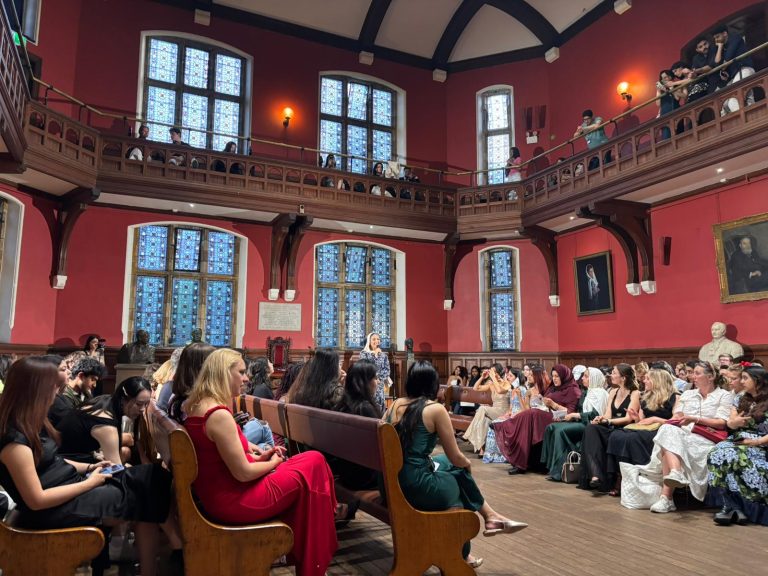If I had to choose one, I’d say my favourite part of studying a paper in feminist theory was reading The SCUM Manifesto, written in 1967 by the New York radical feminist Valerie Solanas. By ‘SCUM’, Solanas meant ‘The Society for Cutting Up Men’ – and indeed she is still probably best known for her attempted assassination of Andy Warhol, whom she shot and nearly killed as they hung out in his New York studio, rather than for her work as a feminist. Her book came with a content warning about misandry. In the first sentence, Solanas argues that men are such a waste of time, women would be better off just destroying them. Moments later, she calls maleness a “deficiency disease”. “To call a man an animal is to flatter him,” she goes on, “He’s a machine, a walking dildo. It’s often said that men use women. Use them for what? Surely not pleasure.” I couldn’t help laughing.
I was reminded of Solanas’s book recently when reading about new research which shows just how many men are scared of feminism. It’s not just that men don’t like feminism or don’t consider themselves feminists – though a great many of them don’t – but rather that they see feminism as a real threat. Indeed, according to the research, which was carried out by King’s College London, over half of millennial and Gen-Z males think we’ve gone so far in promoting women’s equality that we are now ‘actively discriminating against men’. And to make this more depressing, things are getting worse, not better. For, despite the common belief that younger generations are more progressive than older ones, in fact the reverse is true: Baby Boomer and Gen-X males are more likely to be feminist than their younger counterparts. The world is getting less feminist, not more.
Do these anti-feminists have a point? Of course, when you read texts like Solanas’s, it’s not hard to get the impression that feminists don’t like men. I myself was wary about taking a paper in feminist theory, for obvious reasons. After all, feminism is about women first and foremost, and a man taking a feminism paper might be seen as just another example of manspreading, not to mention mansplaining. Is there anything men don’t think they have a God-given right to get involved in? I imagined the nine other people taking the paper, all of whom were women, saying to themselves. And what about when I wanted to respond to a question or say something about the texts we were reading? Wouldn’t I come across as that guy who couldn’t keep his mouth shut for five minutes and stop explaining to women the things they in fact already knew? For the first couple of seminars, I barely put my hand up. Better to come across as stupid than annoying.
This was totally unnecessary, of course – and soon I got an email from the two (women) tutors encouraging me to contribute more. But more to the point, you only have to spend five minutes reading feminists who didn’t shoot Andy Warhol to see that what was true for Solanas isn’t true for all. Yes, the aim of feminism is to get rid of the hold that men have on women’s lives, but this doesn’t mean getting men out of their lives altogether. Rather, for the most part it means helping men change – change into people who don’t feel compelled to spend most of their lives trying to live up to whatever the latest expectation of being what a ‘real’ man is. Wouldn’t it be freeing for men themselves, not to mention less stressful and tiring, to just get rid of these expectations in the first place? When we think of feminism in this way, men should be happy about the work that feminists are doing, not resentful.
But perhaps it shouldn’t be surprising that increasing numbers of men are getting feminism so wrong, given the way it’s currently packaged and presented to them on social media. You only have to spend two minutes scrolling through TikTok before the algorithm feeds you some male guru telling you that the key to becoming a Very Successful Man is earning as much money as possible, sleeping with as many women as possible, and then finding a trad-wife who will stay at home and bake cakes while you drive around in your Ferrari. In the online world, feminism is sold as a conspiracy theory against men – as a movement for the enslavement of men, not for equality between the sexes. Given this, it’s not surprising that most men believe feminism represents more of a threat to them than an opportunity. All they know is what Andrew Tate chooses to tell them.
What’s the solution to this? Obviously, there is no easy answer. It would be nice if we lived in a world where everyone had the chance to go to Oxford and read feminist theory, of course, but failing that, we could start by giving more opportunities to the people who are already at Oxford. For the fact is, you can still make it through four years of studying politics at Oxford and barely have read a text by a woman, let alone a feminist – and I’m living proof of this. Shouldn’t reading about feminist politics be as normal as reading about social justice or any of the other topics which have been compulsory here for centuries? Indeed, you might even think that you can’t understand one without the other.










